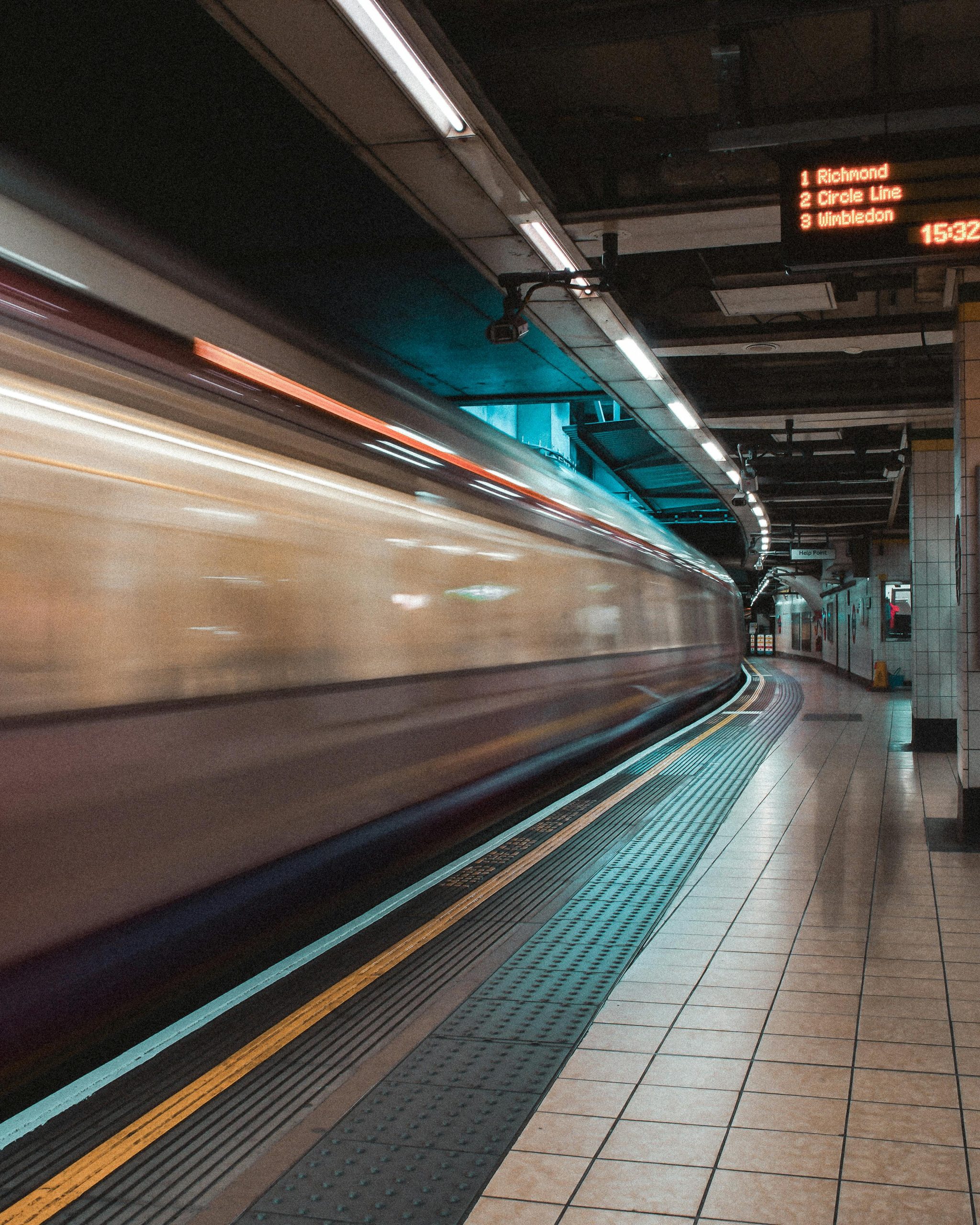Unprecedented Morning Queues in London: A Personal Experience
This morning, I encountered something quite unexpected in rural London—a train station overwhelmed by an unusually large crowd of commuters. The lines stretched down the street, creating a scene reminiscent of urban congestion rather than the tranquil pace one usually associates with more rural areas.
Upon arriving a full ten minutes before my scheduled train, I was met with the concerning sight of Transport for London (TfL) officials managing the throngs of passengers and regulating access to the station itself. Despite our early arrival, it became apparent that we would not be able to board our train. The officials advised us that catching the next train, due in half an hour, would also be unlikely.
Faced with this unprecedented level of demand and organization at the station, it was clear that my morning commute was going to require a considerable amount of patience and flexibility. This unusual incident raises questions about the capacity of rural stations to handle such surges and highlights the challenges faced by travelers during peak times.


Insight on London’s Transport Surge and Future Considerations
As a London resident, it’s fascinating to witness how the city’s transport infrastructure is constantly tested by fluctuating demand. The recent congestion at a rural station underscores the importance of adaptive transport planning, especially as London continues to grow and diversify in terms of commuter patterns.
Key points to consider include:
This incident highlights the need for ongoing investment and innovation in London’s transport infrastructure to ensure resilience and efficiency, ultimately benefiting both daily commuters and the city’s overall functionality.